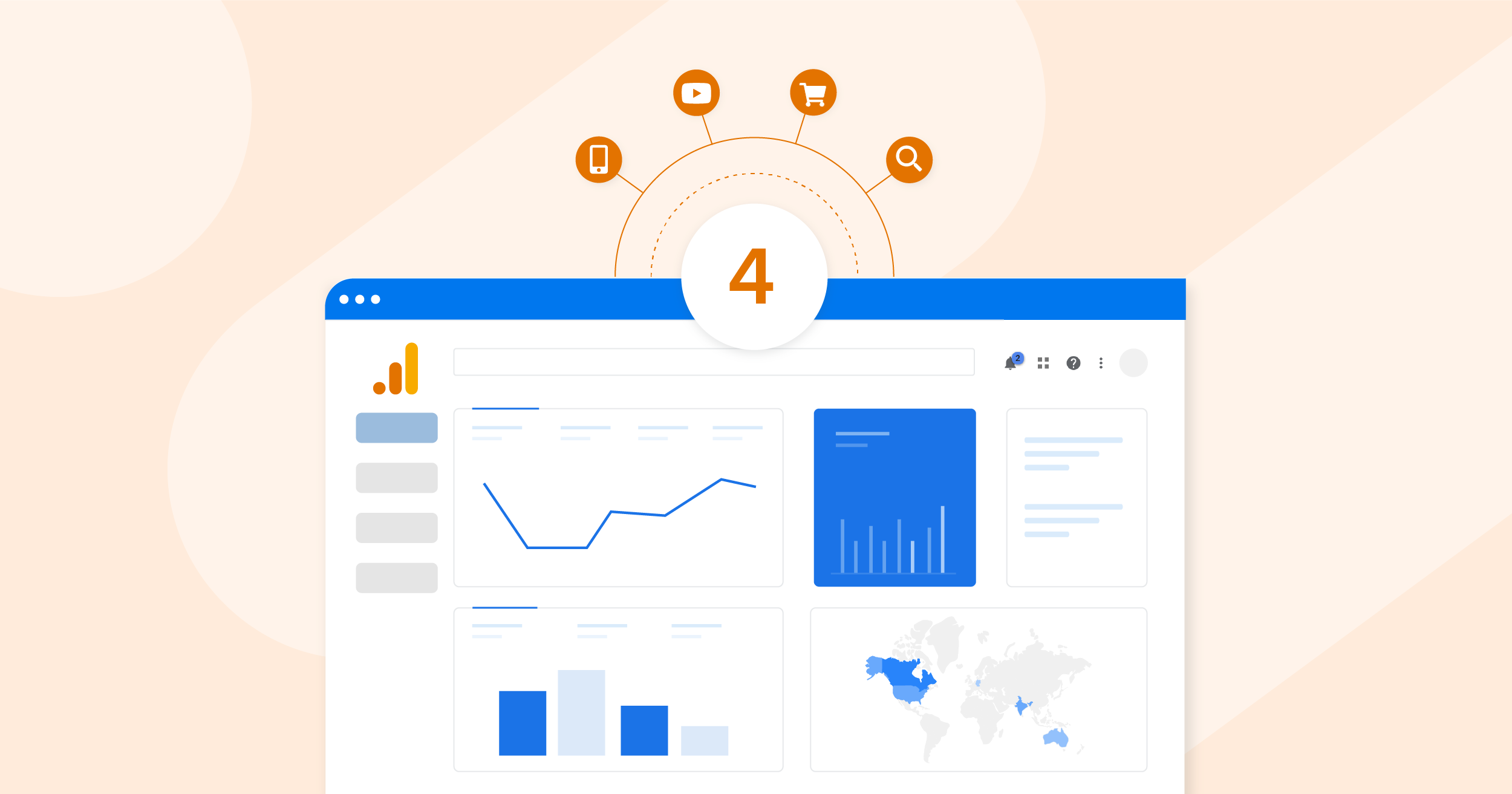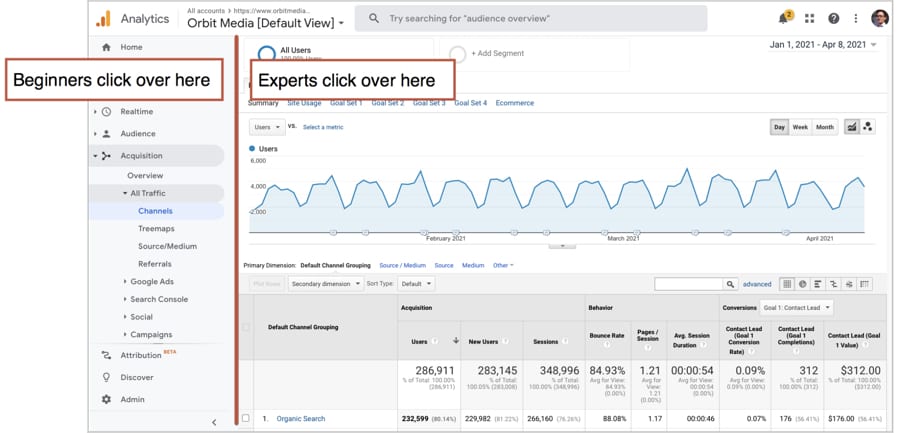Maximize Your Site Efficiency With Google Analytics Tracking Code
In the electronic landscape, understanding individual communications with your website is important for optimization. This critical implementation not only notifies your choices yet also paves the method for a more appealing user experience.
Recognizing Google Analytics
Comprehending Google Analytics is essential for site owners and marketers aiming to enhance their on the internet existence. This effective device gives crucial understandings right into customer behavior, allowing stakeholders to make data-driven choices. By tracking various metrics, such as page sights, bounce prices, and customer demographics, Google Analytics aids recognize which facets of an internet site are executing well and which call for renovation.
Among the vital functions of Google Analytics is its capability to segment information. Customers can examine web traffic sources, customer interaction, and conversion rates throughout various sections, such as geographic places or gadget types. This granularity makes it possible for marketing experts to customize their techniques to specific target markets, thus enhancing the performance of their campaigns.

Setting Up Tracking Code
To harness the complete capacity of Google Analytics, setting up the monitoring code properly is a fundamental action. The tracking code, a snippet of JavaScript, makes it possible for Google Analytics to accumulate data concerning customer interactions on your internet site. To start, log in to your Google Analytics account and browse to the Admin section. Under the Home column, select "Monitoring Info" and after that "Tracking Code." Below, you will locate your distinct monitoring ID, which begins with "UA-" adhered to by a series of numbers.
Following, you'll require to embed this code right into the HTML of your internet site. Ideally, put the monitoring code just prior to the closing tag on every web page you wish to check. If you're using a material monitoring system (CMS) like WordPress, consider utilizing plugins that promote easy combination.
After applying the code, it's essential to confirm its capability. Utilize the "Real-Time" reports in Google Analytics to verify that information is being collected as expected. By making certain proper setup, you produce a solid structure for reliable data analysis and tactical decision-making to improve your internet site's efficiency.
Trick Metrics to Display
Routinely checking vital metrics in Google Analytics is essential for evaluating your web site's performance and individual interaction. Among the essential metrics to track are page views, which offer insight into exactly how commonly individuals check out different pages on your site. In addition, one-of-a-kind site visitors assist you comprehend the reach of your material by indicating the number of distinctive individuals are engaging with your site over an offered duration.
Bounce rate is another critical statistics, disclosing the portion of site visitors click for info that leave your site after checking out just one web page. A high bounce rate might signify problems with content relevance or customer experience. On the other hand, session period suggests how much time site visitors remain on your website, assisting you gauge web content efficiency and user passion.
Conversion rates are vital for determining the success of your site in attaining certain goals, such as type submissions or item purchases (when does the google analytics tracking code send an event hit to analytics?). Monitoring web traffic sources is likewise key, as it aids determine which networks drive the most traffic and conversions, enabling more targeted advertising and marketing methods
Studying Visitor Actions

In addition, tracking individual pathways via the site helps disclose typical navigating patterns. This info is necessary in establishing whether individuals can easily find the web content they look for or if they come across challenges that cause irritation. Determining high departure web pages can highlight areas that might require redesign or more appealing web content to retain visitors.
In addition, segmenting customers based on demographics, interests, and actions offers a deeper understanding of the target market. This segmentation enables services to tailor content and marketing approaches better, boosting the chance of conversions. Eventually, assessing visitor habits not just informs web site improvements however also promotes an extra user-centric approach, leading to enhanced complete satisfaction and commitment with time.
Implementing Data-Driven Modifications
Carrying out data-driven adjustments is essential for improving web site efficiency and attaining organization goals. By leveraging insights gathered from Google Analytics, companies can determine areas for enhancement and make educated choices to maximize customer experience.
First, analyze key performance indicators (KPIs) such as bounce prices, session duration, and conversion prices to identify go now details concerns affecting individual interaction - when does the google analytics tracking code send an event hit to analytics?. For example, a high bounce Check This Out rate on a landing page may indicate that the content is not reverberating with site visitors or that the web page takes as well long to load

Final Thought
Finally, the application of Google Analytics tracking code is crucial for optimizing site efficiency. By properly keeping track of individual actions and key metrics, important understandings can be obtained, facilitating data-driven decision-making - when does the google analytics tracking code send an event hit to analytics?. This process not only improves customer experience yet also aligns with wider service purposes. Continual evaluation and subsequent adjustments based on accumulated information will certainly bring about continual improvements, ultimately contributing to the overall effectiveness and success of the site.
By tracking numerous metrics, such as web page views, bounce rates, and user demographics, Google Analytics helps recognize which facets of an internet site are performing well and which require renovation.
Individuals can analyze traffic resources, user involvement, and conversion rates across various segments, such as geographic locations or tool kinds. The monitoring code, a fragment of JavaScript, makes it possible for Google Analytics to accumulate data concerning individual interactions on your internet site.Routinely monitoring crucial metrics in Google Analytics is necessary for evaluating your site's performance and customer engagement. By leveraging Google Analytics, internet site owners can acquire useful understandings into just how customers communicate with their website.
Comments on “When Does the Google Analytics Tracking Code Send an Event Hit to Analytics? A Deep Dive into User Interactions”